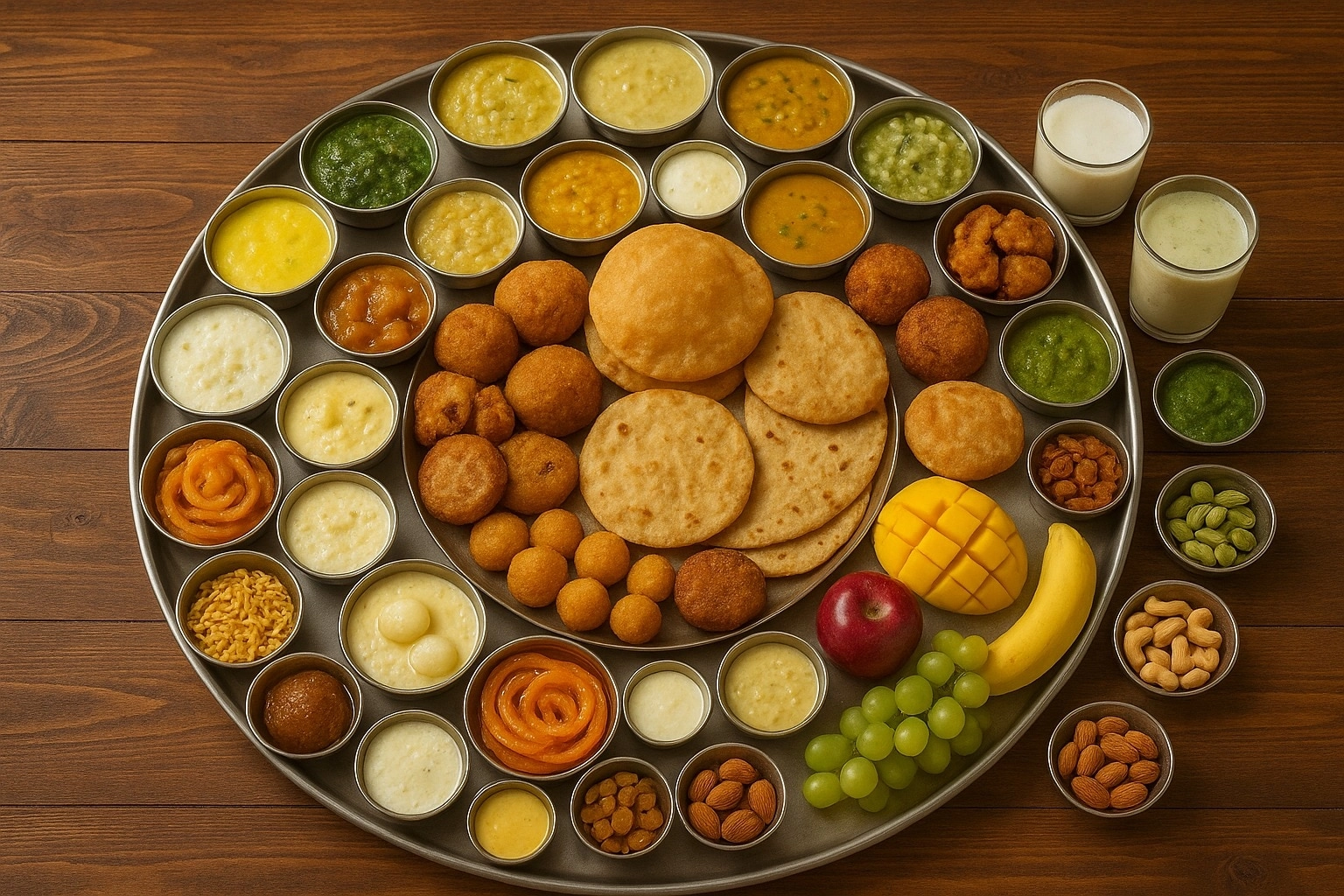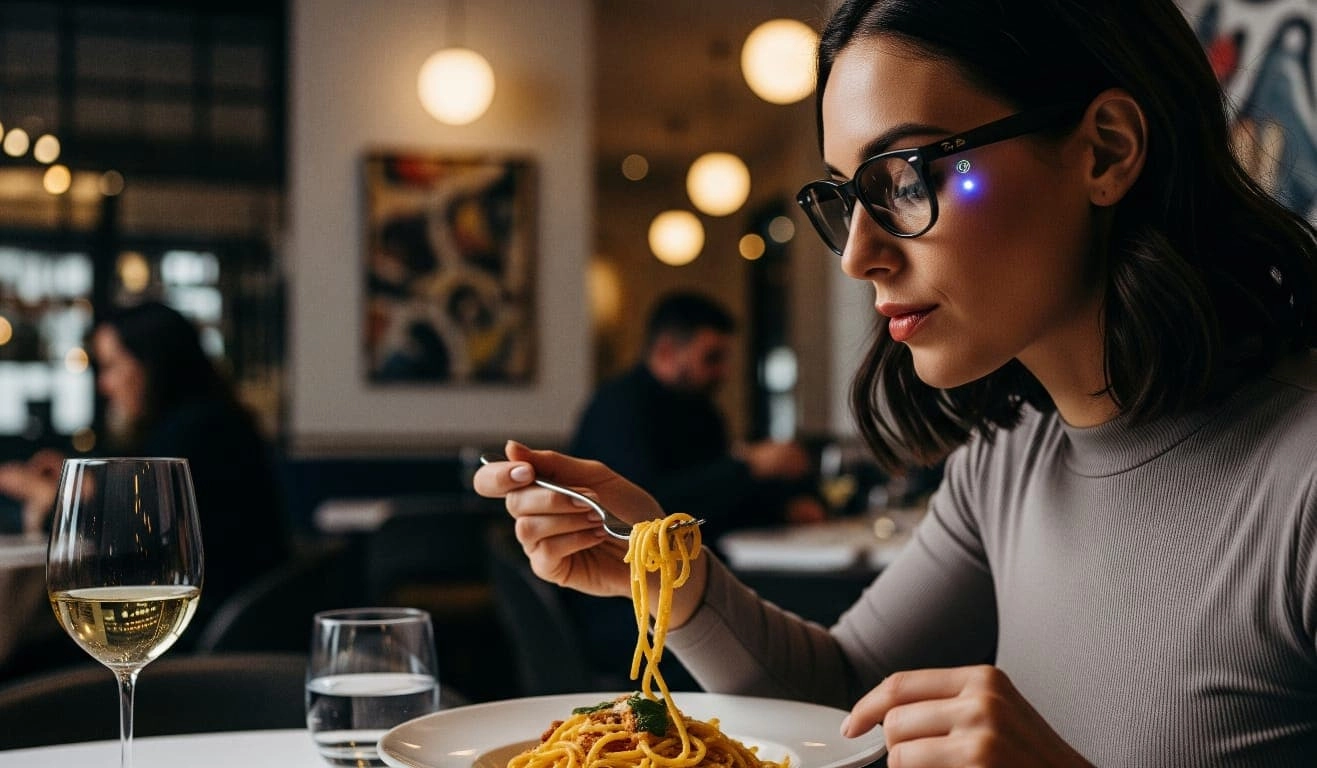Janmashtami, the vibrant festival commemorating the birth of Lord Krishna, is celebrated with great fervor across India, particularly in regions with a significant Hindu population. One of the most delightful aspects of this festival is the offering of “bhogs” or food items, which are prepared and presented to the deity as a form of devotion. Traditionally, 56 types of bhogs, known as “Chappan Bhog,” are served during this auspicious occasion. Each bhog carries its own significance and is chosen to reflect the diverse tastes and offerings of the community. The sheer variety of these dishes not only showcases the culinary richness of Indian culture but also symbolizes the abundance of love and devotion towards Lord Krishna.
The 56 bhogs offered during Janmashtami include an array of sweet and savory items, ranging from traditional snacks to elaborate dishes. Common offerings include laddoos, halwa, puris, and various types of rice and dal preparations. Each dish is prepared with care, often utilizing fresh ingredients and traditional recipes passed down through generations. The significance of these offerings extends beyond mere food; they represent a heartfelt connection between devotees and the divine. The act of preparing and serving these bhogs is seen as a way to express gratitude and devotion, as well as to seek blessings for prosperity and happiness.
What makes the 56 bhogs particularly special is the meticulous attention to detail and the spiritual significance behind each item. Every dish is imbued with devotion, reflecting the belief that food offered to the deity becomes sanctified or “prasad,” which devotees then consume as a blessing. The variety in flavors and textures is also symbolic of the myriad paths one can take in life, all leading to the ultimate goal of spiritual fulfillment. The celebration of Janmashtami through these offerings fosters a sense of community and togetherness, as families and friends gather to prepare and share these delicacies, reinforcing bonds and creating cherished memories.
In conclusion, the 56 bhogs served during Janmashtami are not merely a feast for the senses; they embody the spirit of devotion and the rich cultural heritage of India. Each offering is a testament to the love and reverence held for Lord Krishna, showcasing the diverse culinary traditions that vary from region to region. As families come together to celebrate, they partake in a ritual that transcends the physical act of eating, transforming it into a spiritual experience that honors their beliefs and traditions. The joy of sharing these bhogs extends beyond the individual, weaving a tapestry of community, faith, and celebration that is at the heart of Janmashtami.




